
General Idea
Xi'an, the eternal city, records the great changes of the Chinese nation just like a living history book. Called Chang'an in ancient times, Xian is one of the birthplaces of the ancient civilization in the Yellow River Basin area of the country. During Xian's 3,100 year development, 13 dynasties such as Western Zhou (11th century BC - 771 BC), Qin (221 BC - 206 BC), Western Han (206 BC - 24 AD) and Tang (618 - 907) placed their capitals here. So far, Xi'an enjoys equal fame with Athens, Cairo, and Rome as one of the four major ancient civilization capitals.
Xi'an is the capital of Shaanxi province, located in the southern part of the Guanzhong Plain. With the Qinling Mountains to the south and the Weihe River to the north, it is in a favorable geographical location surrounded by water and hills. It has a semi-moist monsoon climate and there is a clear distinction between the four seasons. Except the colder winter, any season is relatively suitable for traveling.
The cultural and historical significance of Xi'an, as well as the abundant relics and sites, help Shaanxi enjoy the laudatory title of 'Natural History Museum'. The Museum of Terra Cotta Warriors and Horses is praised as 'the eighth major miracle of the world', Mausoleum of Emperor Qin Shi Huang is listed on the World Heritage List, and the City Wall of the Ming Dynasty (1368 - 1644) is the largest and most intact Ming Dynasty castle in the world. In the city, there is the 3,000 years old Banpo Village Remains from the Neolithic Age (approximately from 8000 BC to 5000 BC), and the Forest of Stone Steles that holds 3,000 stone steles of different periods from the Han Dynasty to the Qing Dynasty. Around Xi'an, the Famen Temple enjoys the reputation of being the 'forefather of pagodas and temples in Central Shaanxi,' because it holds the finger bones of Sakyamuni -- the founder of Buddhism. The natural landscape around Xi'an is also marvelous Mt.Huashan one of the five best-known mountains in China, is famous for its breath-taking cliffs and its unique characteristics.
Geography and Climate
Geography:
Xian located at 33 degrees 39 N and 107 degrees 40 E, is the capital of Shaanxi province, located in the southern part of the Guanzhong Plain. As the transport and communication center in northwest China, Xian has played the role in linking the east and the west, and the south and the north of the country. With the Qinling Mountains to the south and the Weihe River to the north, it is in a favorable geographical location surrounded by water and hills.
Xian Climate
Xian is situated in a warm temperate zone, and has a continental monsoon climate with four distinct seasons; Xian is hot and wet in summer, dry and seldom snowy in winter. and is prone to extended spells of rain in spring and autumn.
The rainy season is from July to September, though there is significant rain from April through to October, with light, scattered showers. The weather is generally pleasant all year round, but spring and autumn are the best seasons to visit Xi'an.
Weather
Spring is from March till May. There are occasional dust storms due to the rapid increase of temperatures. A quarter of the area's annual rainfall occurs in spring, however with the pleasant temperature, gentle breezes and warm sunshine it is a good time of year for travelling and outdoor activities.
Summer in Xian, from June to August, becomes hot and humid, with high average temperature being 32C and the maximum temperature often above 40C. The oppressive heat can be difficult to bear, though this is tempered by the fact that it is also the rainy season. Half of Xian's annual rainfall occurs during the Summer.
Early Autumn is cool and can be overcast, with a fair amount of rain, late autumn is usually fine.
Winter, from December to February, is dry and cold with a little snow. The coldest month is January, with an average temperature of 0 C.
In conclusion, Spring and Autumn are the best seasons to visit Xian.
Climate Data Table for Xian
Month Item | Jan | Feb | Mar | Apr | May | Jun | Jul | Aug | Sep | Oct | Nov | Dec |
maximum | 7.0 | 10.1 | 17.8 | 21.6 | 28.6 | 31.8 | 32.3 | 31.7 | 28.2 | 21.7 | 12.1 | 6.1 |
minimum | -6.0 | -1.3 | 4.6 | 10.0 | 14.0 | 19.1 | 22.2 | 22.5 | 16.6 | 11.2 | -3.5 | -3.7 |
Rainfall (mm) | 7 | 9.6 | 29 | 43.0 | 60.2 | 54.6 | 98.8 | 71.1 | 91.6 | 60.0 | 24.0 | 6 |
Days of rainfall | 4 | 4 | 7 | 8 | 9 | 9 | 10 | 9 | 11 | 10 | 6 | 3 |
History
Xian, used to be Changan, is one of the birthplaces of the Chinese nation and eastern civilization. Xian has a history of over 6000 years and had been the capital of countries for 1200 years. There have been 13 dynasties set Xian as their capitals. Since the Western Han Dynasty, Xi'an has become the key city of economic and cultural exchanges and friendly relationships between China and other countries. It was the starting point of the Silk Road since Western Han Dynasty. "Changan culture" represents the backbone of Chinese culture. Xian was once China's political, economic and cultural center and one of the earliest cities opening to the outside world. One of "Eight Wonders of the World"- Terracotta Warriors shows the city’s profound history and culture. With historical and cultural heritage, Xi'an enjoys reputation as the "Natural History Museum". The variety of cultural relics, the large amount, the value, are ranks No. 1 in the world.
Early History
As early as 1.1 million years ago, in ancient times, the human ancestors lived and multiplied here. In ancient times, Homo Erectus Lantianensis lived here; Neolithic "Banpo ancestors" established tribes here.
Zhou Dynasty
11 century BC, the Shang Dynasty established Feng at the west river bank of Feng River. Later, King Wu of Zhou established Gao at the east riverbank of Feng River, opened a glorious history of Xian.
Qin DynastyXian History
Qin’s capital was Xianyang. Epang Palace’s most part is in today’s Xian city. Terracotta Warriors and Mausoleum of Qin Shi Huang is also in the territory of Xian City.
Han Dynasty
During Western Han and Eastern Han Dynasties, Dong Zhuo and Li Jue dictatorship all set Chang'an as the capital. Han Dynasty’s Changan City was established on the basis of the ruins of the Qin Xianyang City.
Tang Dynasty and Ming Dynasty
Changan was also the capital of Tang Dynasty. The imperial city was completely at the some place of Xian City. Tang Dynasty’s imperial tomb, such as Zhao Mausoleum, Qian Mausoleum, etc. are mostly in today’s Xianyang City. In 1369, Fengyuanlu was changed to Xian Government Office. Xian has been in use ever since.
The Republic of China
After the Revolution of 1911 broke out, the capital city of Xi'an was one of the earliest city responded. On December 12, 1936, “Xi'an Incident” shocked the world.
The People's Republic of China
Xian and Xianyang are the same city from 1966 to 1971, and in 1971 designated as two cities. Xian was the provincial capital.
Changan was the capital of the following dynasties in 1200 years
Dynasty | Name of the Capital | Period as the Capital |
Western Zhou Dynasty | Gaojing | 1046BC – 771BC |
Qin | Xianyang | 350BC – 206BC |
Western Han | Changan | 200BC -9AC |
Xin | Chanan | 9 AC - 2 AC |
Eastern Han | Changan | 190 AC - 195 AC |
Western Jin | Changan | 313 AC - 316 AC |
Early Zhao | Changan | 319 AC - 328 AC |
Early Qin | Changan | 352 AC - 385 AC |
Later Qin | Changan | 386 AC - 417 AC |
Western Wei | Changan | 534 AC - 557 AC |
Northern Zhou | Changan | 557 AC - 581 AC |
Sui | Daxing | 581 AC - 618 AC |
Tang | Changan | 618 AC - 904 AC |
Places of Interest
- Contact Us
-
Tel:
0086-571-88165708
0086-571-88165512E-mail:
admission@cuecc.com
- About Us
- Who We Are What we do Why CUECC How to Apply
- Address
- Study in China TESOL in China
Hangzhou Jiaoyu Science and Technology Co.LTD.
Copyright 2003-2024, All rights reserved





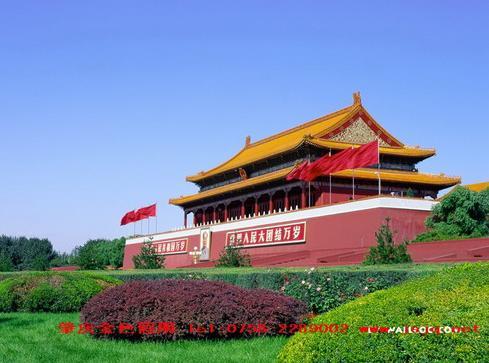
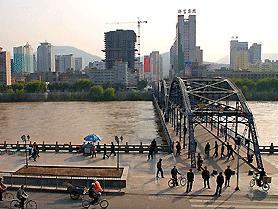
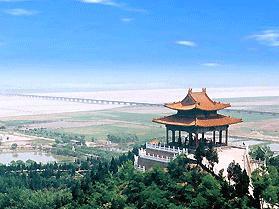

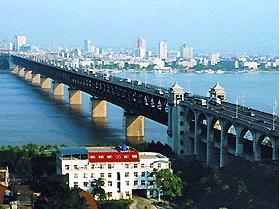
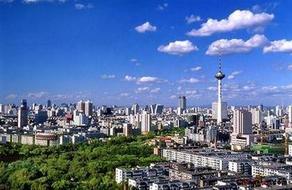
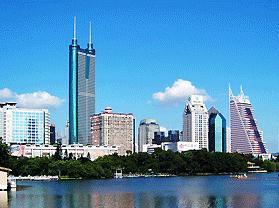
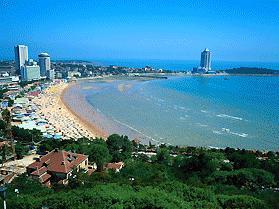
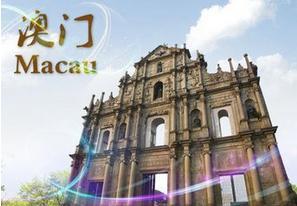
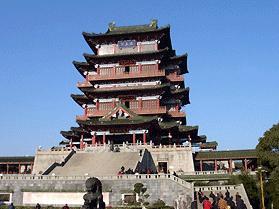
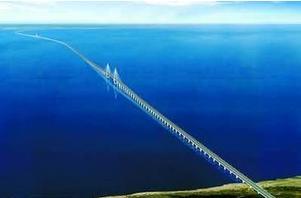
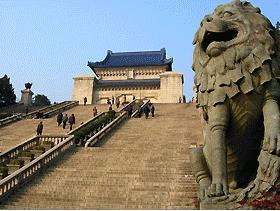

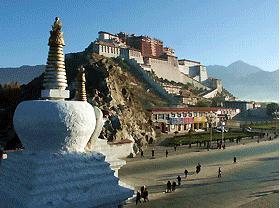
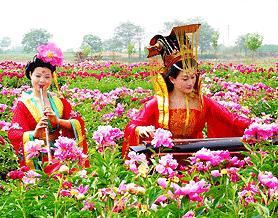
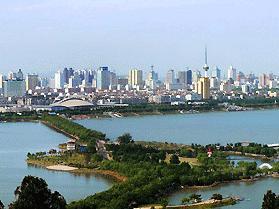
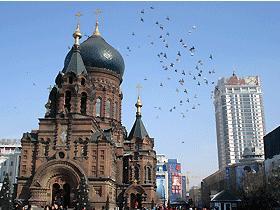

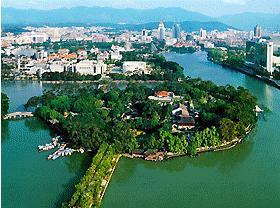
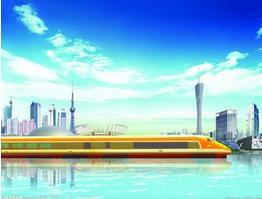
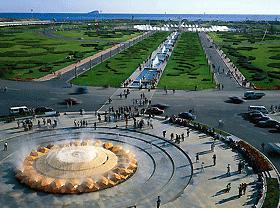
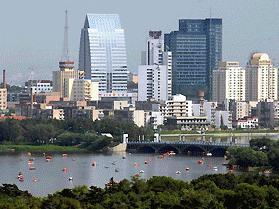
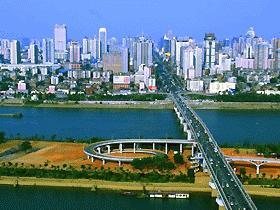

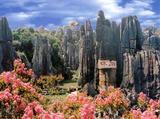

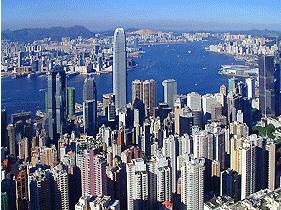
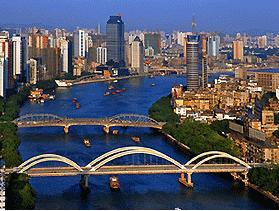
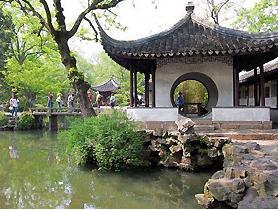

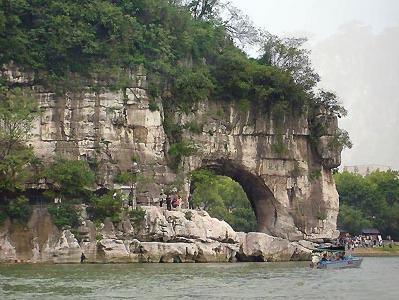
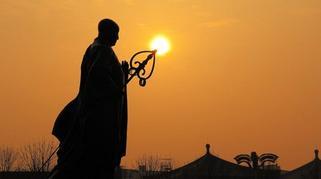
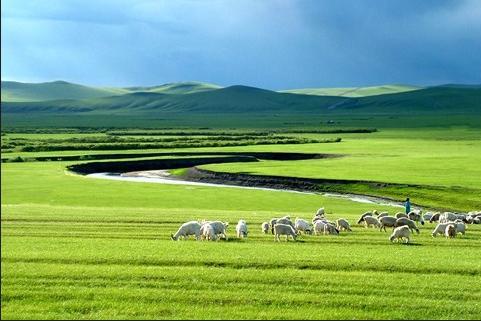

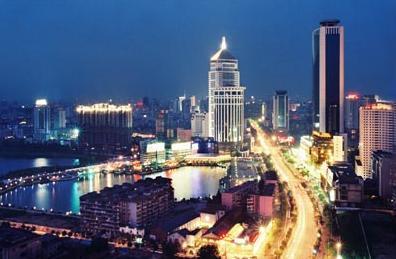
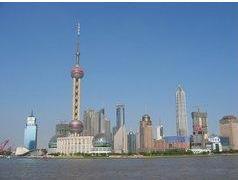
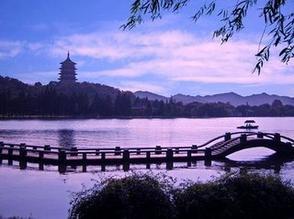


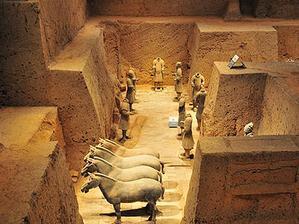
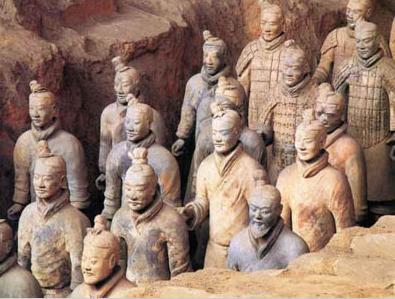
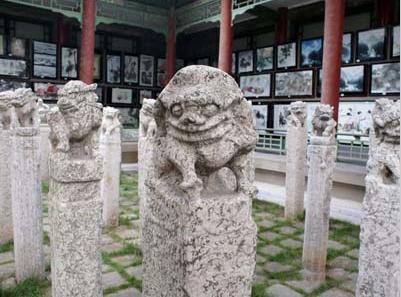
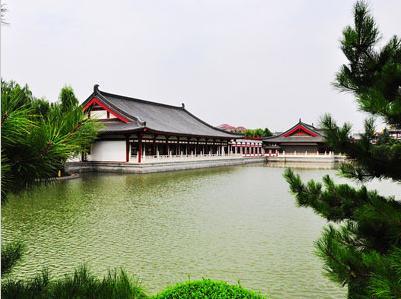
 Chinese
Chinese
 English
English
 Korean
Korean
 Japanese
Japanese
 French
French
 Russian
Russian
 Vietnamese
Vietnamese
